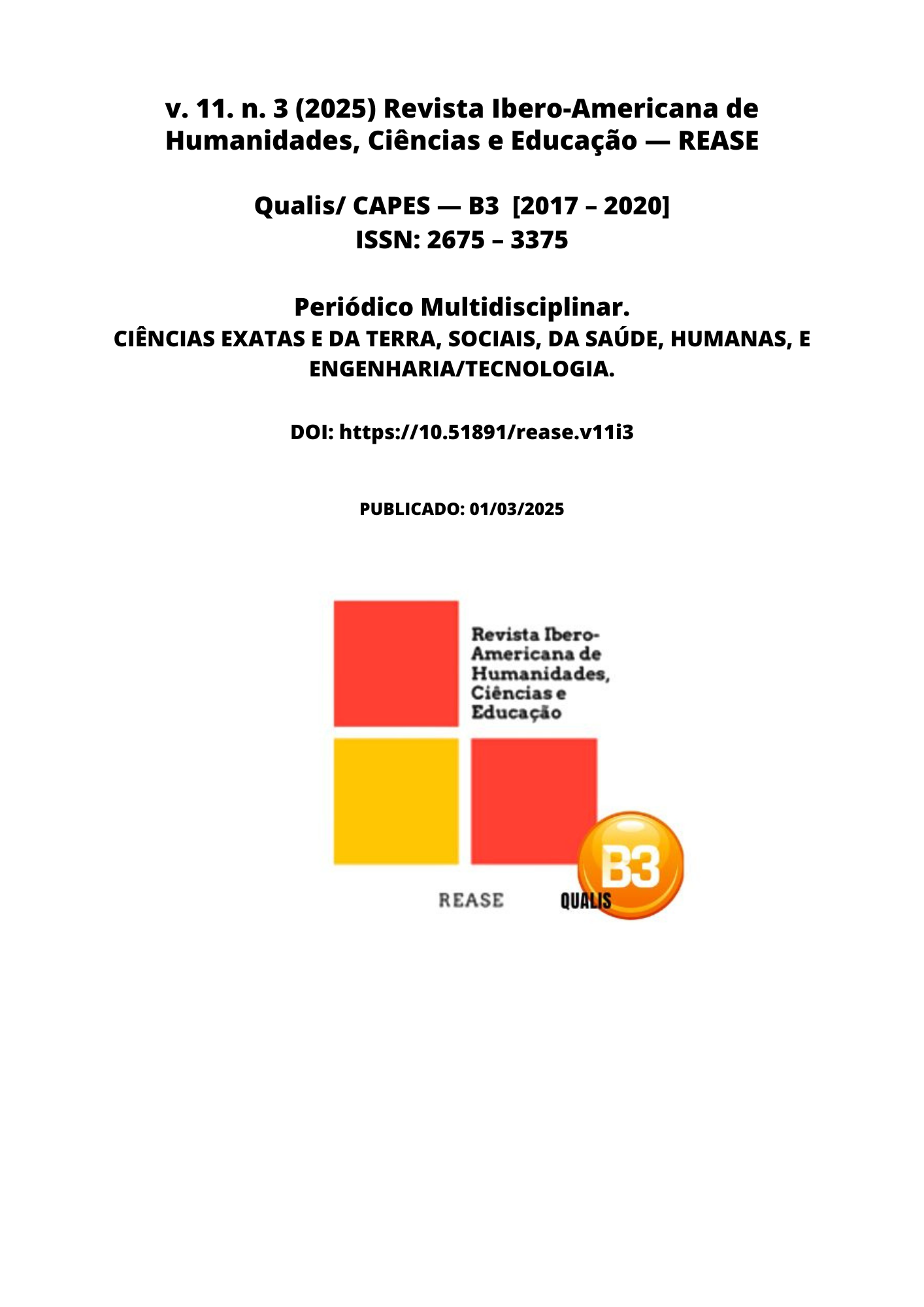IMPACT OF PARAVERTEBRAL BLOCK ON POSTOPERATIVE PAIN CONTROL IN MASTECTOMIES: A CRITICAL EVALUATION OF CLINICAL OUTCOMES AND ASSOCIATED COMPLICATIONS
DOI:
https://doi.org/10.51891/rease.v11i3.18466Keywords:
Mastectomy. Paravertebral block. Postoperative pain.Abstract
Mastectomy is a common surgical procedure for the treatment of breast neoplasms, but it is often associated with severe postoperative pain, which can hinder recovery and affect the patient's quality of life. Effective pain control is essential to prevent complications such as chronic pain syndrome and respiratory issues. The paravertebral block has emerged as a promising technique, providing effective and long-lasting analgesia while reducing the need for opioids and their side effects. However, complications associated with the technique, such as pneumothorax, hematomas, and nerve injuries, do exist. The literature shows mixed results on the efficacy of the paravertebral block, reflecting variations in techniques and patient profiles. Combining this approach with other analgesic strategies can optimize outcomes. This study reviews the literature on the impact of the paravertebral block in postoperative pain following mastectomy, aiming to assess its benefits, risks, and optimal application of the technique.
Downloads
Downloads
Published
How to Cite
Issue
Section
Categories
License
Atribuição CC BY

